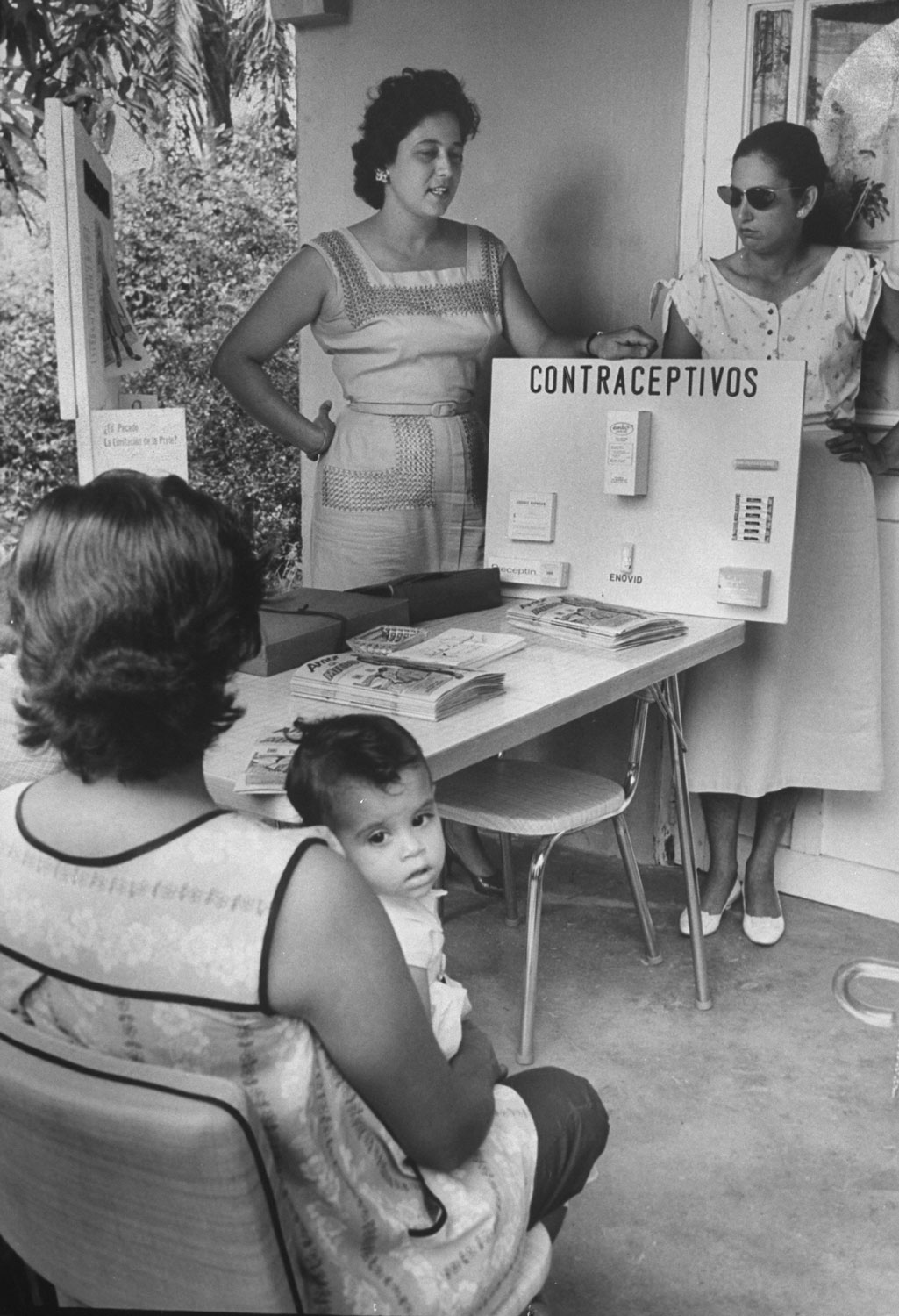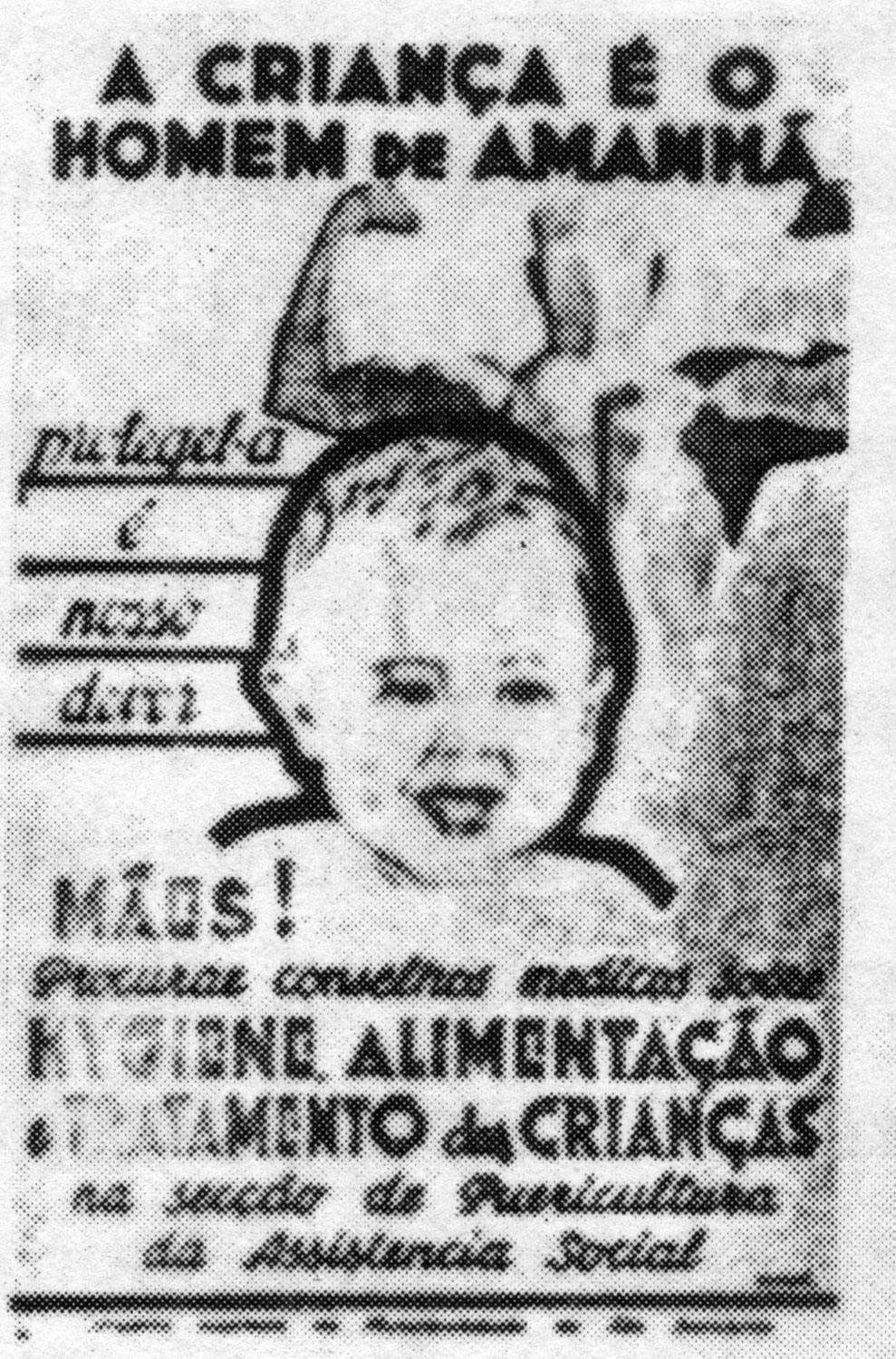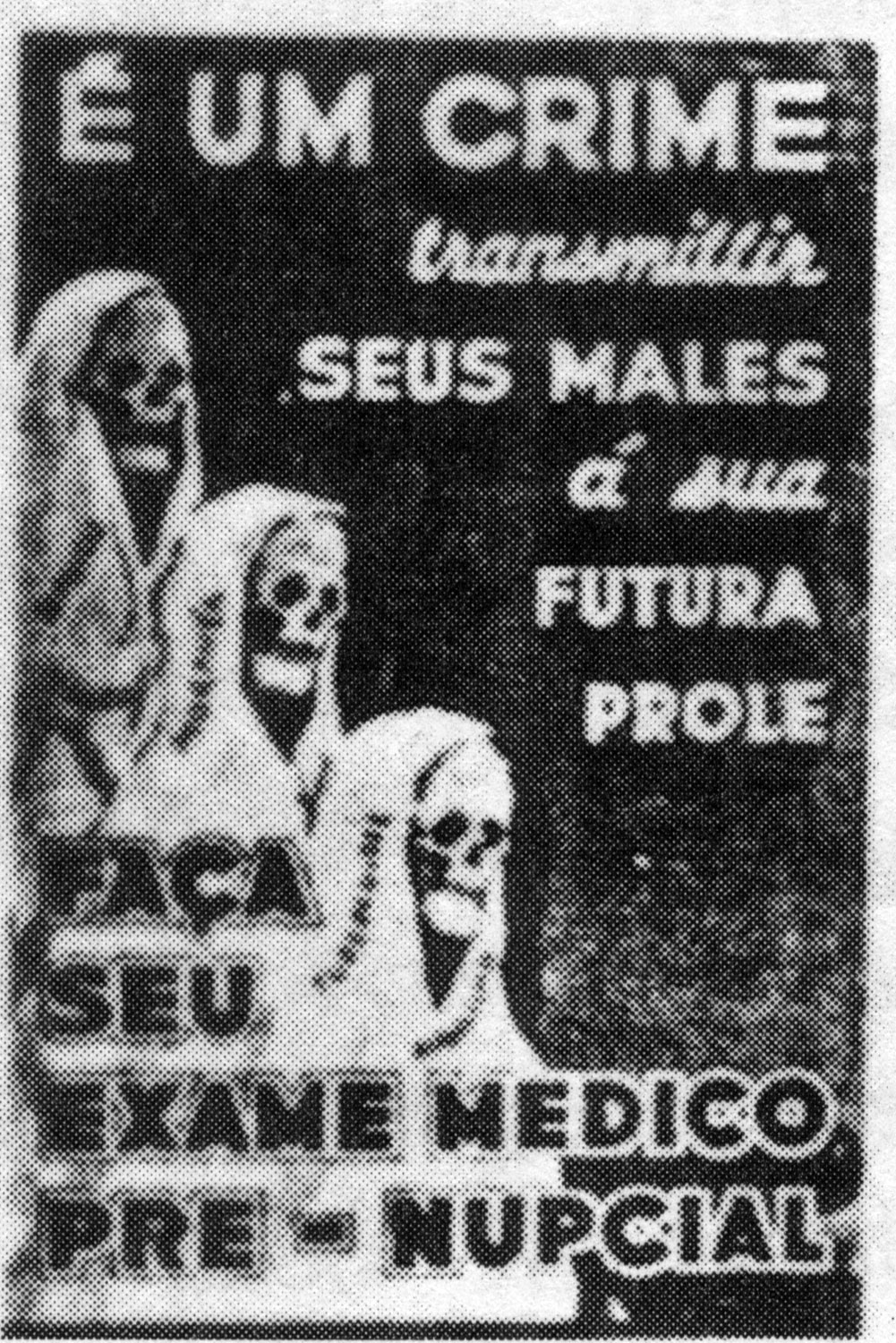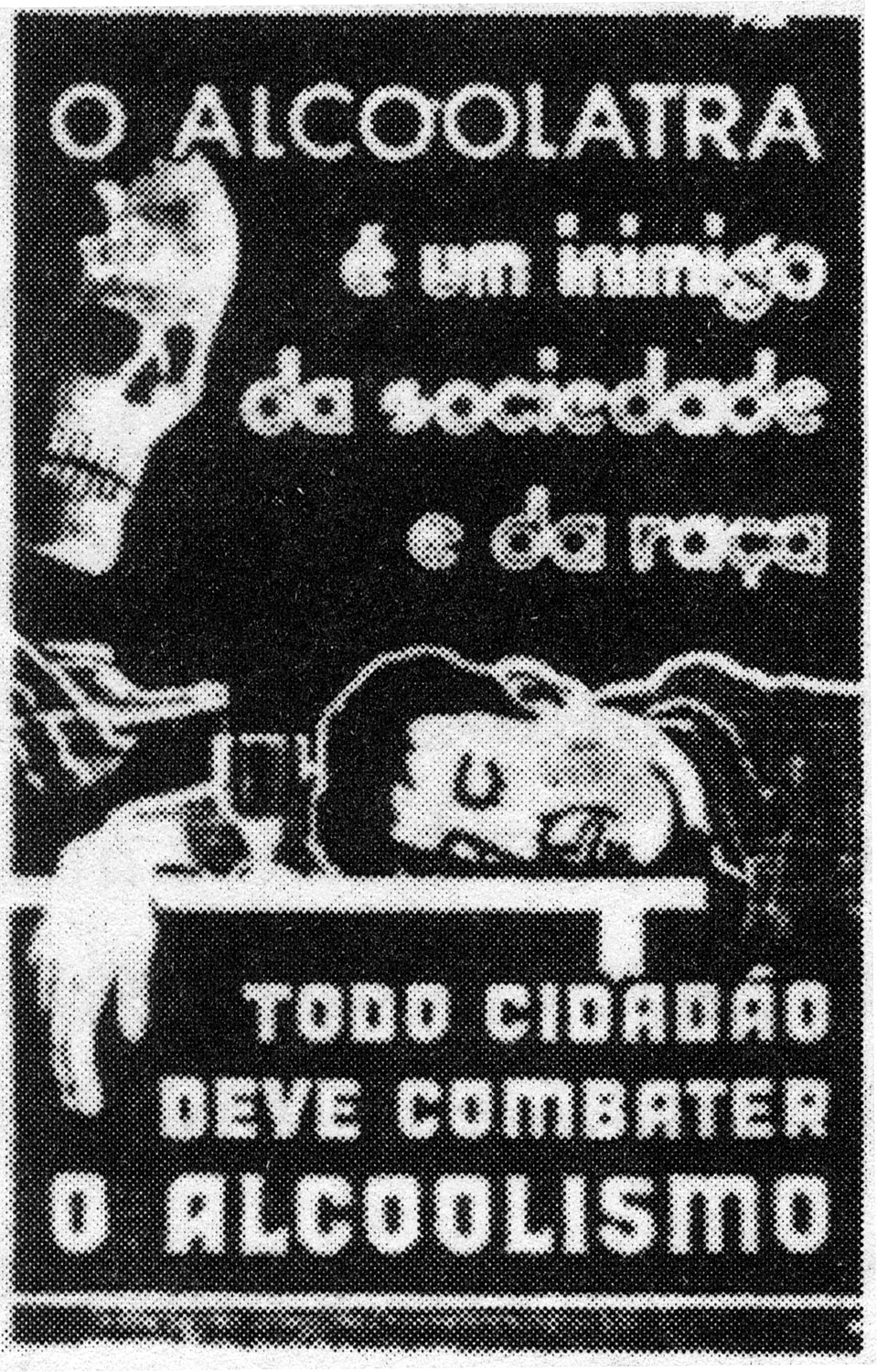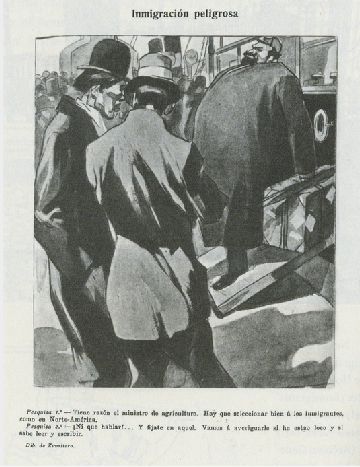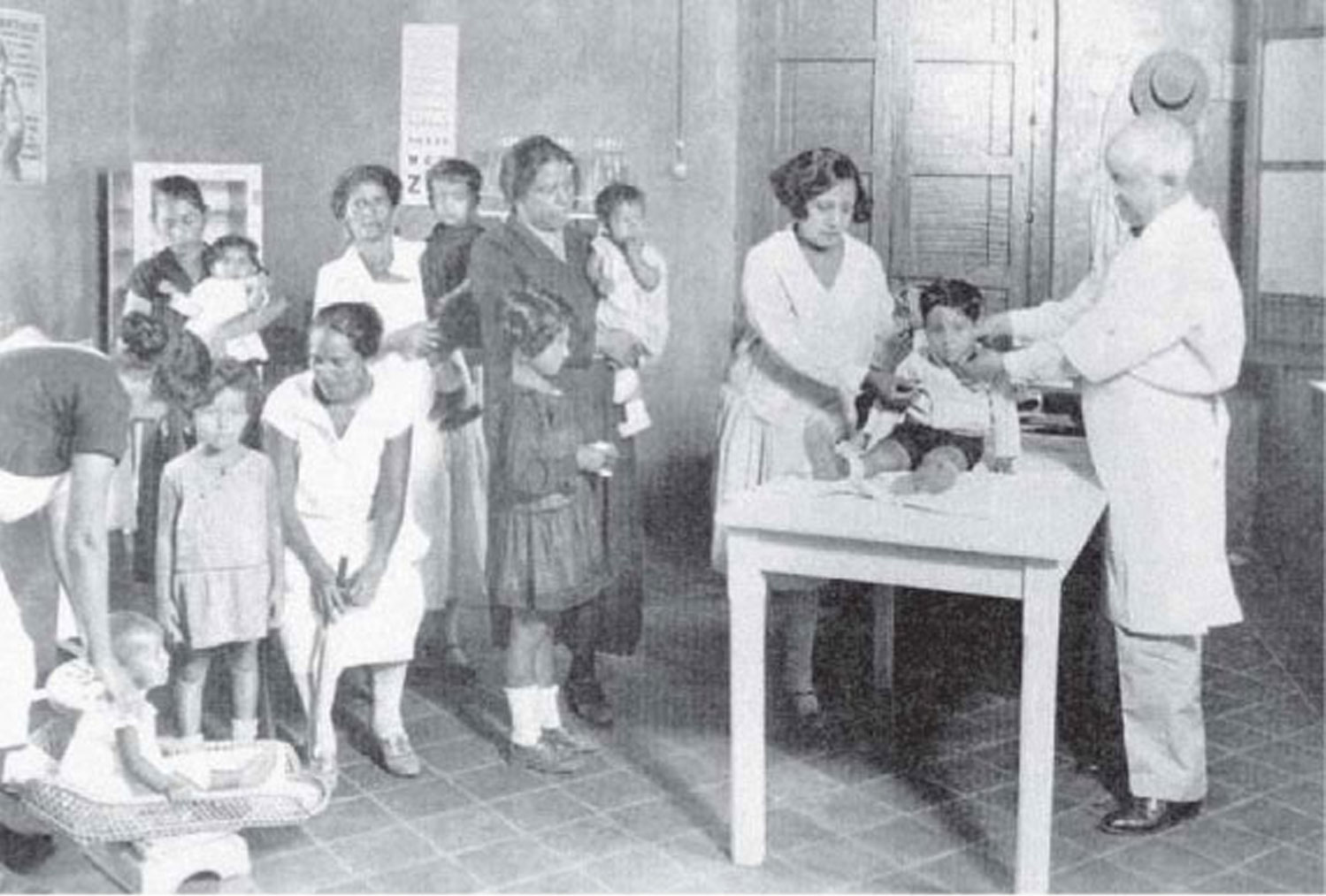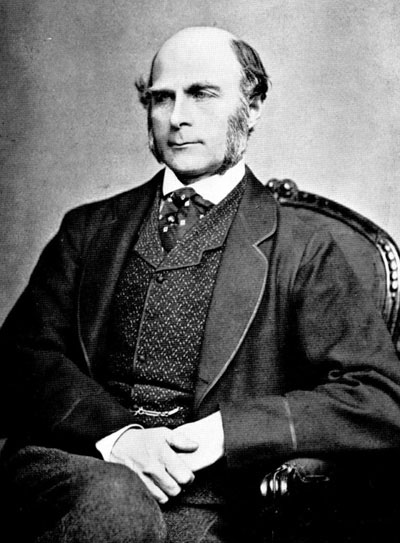Race, like gender or class, is a socially contingent construct that means different things to different societies at different times. Yet in the early part of the twentieth century, countries throughout the world turned to science in order to rationalize and legitimize their particular understanding of ethnic and racial difference. Eugenics, the science of using heredity to improve racial characteristics, became prevalent in many of the most scientifically advanced countries, including the U.S., Britain, and France in the early twentieth century. The term was coined by Sir Francis Galton, a British scientist inspired by Darwinian concepts of natural selection who feared that the integration of undesirable parts of the population threatened to degenerate the human race as a whole. Eugenics soon spread to Latin America, where it would prove very influential on social policy, legislation, and state practices concerning citizenship, immigration, criminology, public hygiene, and racial identity.
The movement of scientific ideas from one region to another, however, is rarely straightforward; Latin American eugenics developed its own unique characteristics that reflected local circumstances while also retaining specific ties to European science. For example, eugenicists in Latin America thought that external factors could affect the genetic pool, a "soft" style of Eugenics different than European Mendelian eugenics that touted strict biological inheritance. Nevertheless, as seen in the source "Table of Whitening," Latin American eugenicists often worked within international circles and self-consciously tried to emulate and impress eugenicists from Europe and the U.S.
Argentina, Mexico, and Brazil all instituted various eugenic policies between 1900 and 1940 yet, according to Nancy Leys Stepan, the forms eugenics took varied greatly between each of these countries. In post-revolutionary Mexico, officials touted the population as an integrated "cosmic race," yet policies continued to exclude Indians from the benefits of citizenship. As seen in the source "Inmigracion peligrosa," Argentine eugenicists worked to exclude parts of the population that were perceived to be pernicious, especially working class immigrants from southern Europe, while self-consciously working to become less "Latin" and more racially akin to Anglo-Saxons. Mexico, Argentina, and many other Latin American countries (see the source "Manicomio Pacheco") hoped that eugenics could lead to racial, and thus national, unity, which was widely considered to be a precondition of modernity. Brazil, on the other hand, was caught between trying to disprove European theories that racial mixing had made Brazilians a "degenerate" race while also ensuring that the racial elite did not lose their status. Consequently, Brazil often vacillated between policies.
One overarching characteristic of eugenics throughout Latin America was its close association with public hygiene. In effect, preventative sanitation expanded to include human heredity. Alcohol, venereal diseases, and drugs were considered to be "racial poisons" that degenerated the gene pool of the general population, thus weakening both individuals and the state. Not surprisingly, scientists tended to blame these phenomena on the same sectors of the population that were considered inferior in older racial and ethnic rhetoric. Thus blacks, Indians, poor immigrants, and mestizos remained the scapegoats for social ills while eugenics provided the scientific justification for traditional prejudices.
Similarly, women were more often the targets of eugenic measures than men. Eugenics was the science of population improvement, and since the primary social function of women was considered to be reproductive, their bodies became sites at which elites sought to influence a nation's genetic composition. Poor Puerto Rican women thus became subject to birth control legislation by both U.S. imperialists and middle class Puerto Rican feminists while Argentina promoted high birth rates among whites by making prenatal care mandatory. The upside to these eugenic policies was the improvement in women's and children's health but, according to Nancy Leys Stepan, their wellbeing was simply a tool of national improvement (Stepan 1991).
In the Latin American eugenics movement, the state tried to manipulate both race and gender to conform to elite notions of national progress. Although eugenics projects made real contributions to sanitation and health institutions, they also perpetuated the legacy of racism well into the twentieth century.
Questions for further exploration:
- Like many other scientific endeavors in turn-of-the-century Latin America, the eugenics movement was meant to promote (and exemplify) modernity. Why was eugenics considered by many to be a necessary step towards "civilizing" Latin America?
- Brazil was the first Latin American country to develop eugenics organizations as well as the consistent leader in Latin American eugenics from 1910-1940. What factors made it such a prominent science in Brazil?
- Consider the sources "Floor Plan for the El Paso Disinfection Plant" and "Inmigracion peligrosa." What similarities and differences existed between the immigration policies of the U.S. and Argentina in the early twentieth century? How did these policies affect the practice of eugenics and ideas of race in each country?
- In what ways did women assert their agency in the eugenics movement? See the sources for examples and ideas.
- It is widely held that eugenics fell out of practice after World War II, when Nazi Germany took the science far beyond the moral limits acceptable by the international community (including almost all eugenicists). Considering the "soft," preventative elements of most Latin American eugenic measures, did Latin American eugenics disappear? If so, what replaced it? If not, what shapes did it take on in the second half of the twentieth century?
Further Reading:
Briggs, Laura. Reproducing Empire: Race, Sex, Science, and U.S. Imperialism in Puerto Rico.Berkeley, University of California Press, 2002.
Miller, Marilyn Grace. Rise and Fall of the Cosmic Race: The Cult of Mestizaje in Latin America. Austin: University of Texas Press, 2004.
Schwarcz, Lilia Moritz. The Spectacle of the Races: Scientists, Institutions, and the Race Question in Brazil, 1870-1930. Trans. Leland Guyer. New York: Hill and Wang, 1999.
Stepan, Nancy Leys. "The Hour of Eugenics": Race, Gender, and Nation in Latin America. Ithaca: Cornell University Press, 1991.
---. "Eugenesia, genetica y salud publica: el movimiento eugenesico brasileno y mundial." Quipu. 2: 3 (1985): 351-384.
Stern, Alexandra Minna. "Buildings, Boundaries, and Blood: Medicalization and Nation Building on the U.S.-Mexico Border, 1910-1930." Hispanic American Historical Review, 79: 1 (February 1999): 41-81.
Vasconcelos, Jose. The Cosmic Race. Baltimore: Johns Hopkins University Press, 1997.
